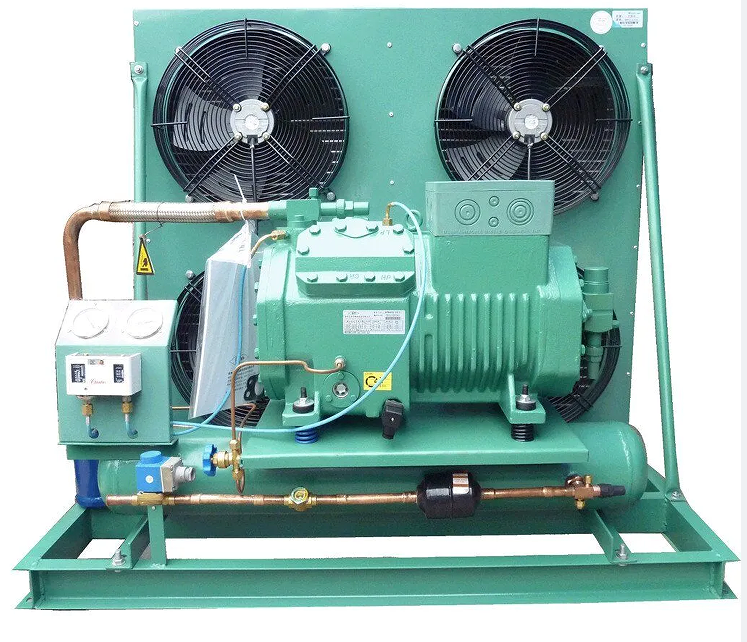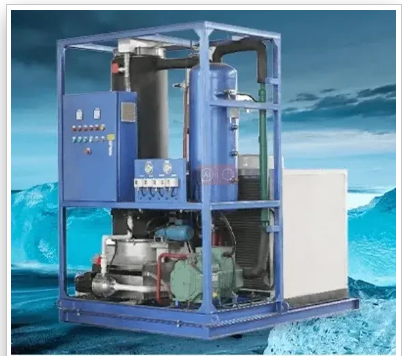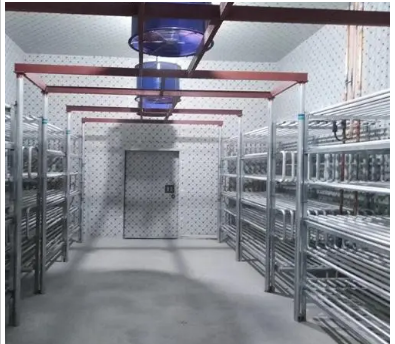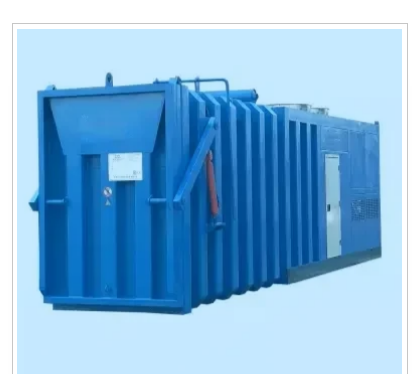Understanding the Pressure Specifications for OEM 404A in Ice Machine Applications
Understanding OEM 404A Pressures for Ice Machines
In the world of commercial refrigeration, particularly in ice machines, understanding the nuances of refrigerants is crucial for efficient operation and maintenance. One of the common refrigerants in use today is R-404A, a hydrofluorocarbon (HFC) blend that has become standard in many cooling applications. However, maintaining the correct pressures of R-404A in ice machines is vital for their optimal performance.
What is R-404A?
R-404A is a blend of three refrigerants R-125 (44%), R-143a (52%), and R-134a (4%). Its primary application is in low- and medium-temperature refrigeration systems, including supermarket freezers, commercial refrigerators, and, importantly, ice machines. The refrigerant is known for its efficiency, low toxicity, and non-flammability, making it a preferred choice for many commercial applications. However, it is also important to note that R-404A has a high global warming potential (GWP), which has led to ongoing discussions regarding its environmental impact and the industry's shift towards more sustainable alternatives.
Operating Pressures of R-404A
When it comes to operating R-404A in ice machines, understanding the pressure and temperature relationship is essential for optimal performance. Generally, the working pressures for R-404A can vary based on the specific application, but the typical suction pressures range from 25 to 35 psi, while discharge pressures can range from 150 to 250 psi under normal operating conditions.
It is important to realize that several factors can influence these pressures, including ambient temperature, the design of the ice machine, and its load conditions. Therefore, regular monitoring of these pressures is necessary to ensure that the machine operates within the manufacturer’s specifications.
oem 404a pressures for ice machine

Why Monitoring is Crucial
Monitoring the pressures of R-404A in ice machines can prevent a spectrum of issues ranging from reduced efficiency to complete system failure. Low suction pressure could indicate blockages in the evaporator or low refrigerant levels, leading to inefficient ice production. Conversely, high discharge pressures might suggest overheating or issues with the condenser, requiring immediate attention to avoid compressor failure.
Routine checks and maintenance can mitigate these risks. Technicians often utilize manifold gauge sets to monitor pressures accurately. If pressures deviate from standard operating ranges, technicians should investigate potential issues, making necessary adjustments, repairs, or refrigerant recharges.
Environmental Considerations and Alternatives
While R-404A remains a popular choice in the ice machine industry, its high GWP has prompted researchers and manufacturers to explore alternative refrigerants, such as R-448A and R-449A, which have significantly lower environmental impact. Transitioning to these alternatives often involves re-evaluating the system's design parameters, including pressure ratings and compressor functionalities, which is crucial for ensuring the longevity and efficiency of the ice machine.
Conclusion
Ultimately, understanding the OEM specified pressures for R-404A in ice machines ensures not only efficient ice production but also longevity and reliability in operation. As the industry faces increasing pressure to reduce the environmental impact of refrigeration systems, keeping abreast of refrigerant technology advancements, understanding pressures, and performing regular maintenance will become even more crucial for operators and technicians alike. Continued education and adaptation to new refrigeration technologies will help the industry meet both performance and environmental responsibilities effectively.
-
the-role-of-modern-ice-machines-in-food-beverage-and-industrial-applicationsNewsAug.24,2025
-
next-generation-iqf-solutions-from-small-iqf-freezer-to-emergency-cold-storage-technologiesNewsAug.24,2025
-
advanced-refrigeration-technology-from-airtight-freezer-machine-to-intelligent-cold-storage-solutionsNewsAug.24,2025
-
reliable-cold-storage-rooms-for-sale-and-modern-industrial-refrigeration-solutionsNewsAug.24,2025
-
reliable-coolroom-for-sale-and-advanced-cold-storage-solutionsNewsAug.24,2025
-
cold-room-cost-and-refrigeration-solutions-from-shijiazhuang-xuexiangNewsAug.24,2025






